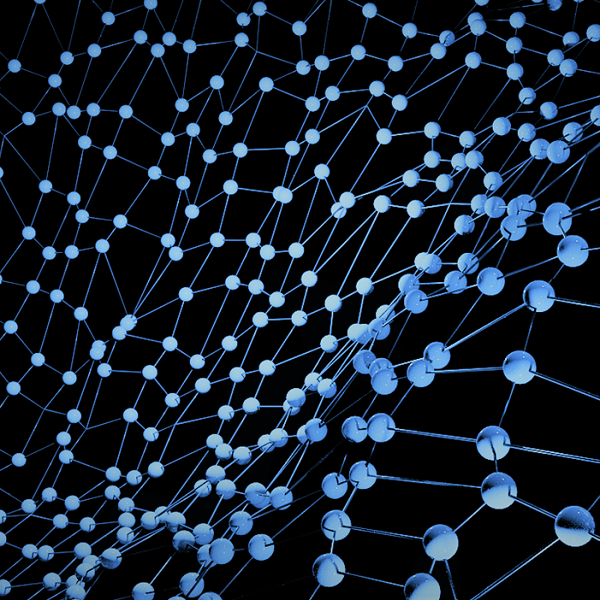Materials and Nanoscience
An interdisciplinary study of materials down to the nanoscale (1 x 10-9 m) with a particular focus on structure-property relationships that result from changes at the atomic and molecular level. A modern area of research that draws from all of the traditional subdisciplines in chemistry: organic, inorganic, analytical, physical, and biological.
Areas of Focus
Inorganic nanostructures • Nanochemistry • Catalysis • Polymers • Bionanotechnology • Solar energy and energy storage • Solid-state materials
Affiliated Faculty
Jonathan Barnes
Synthetic organic chemistry, polymer chemistry, supramolecular chemistry, stimuli-responsive materials, bionanotechnology
Sophia Hayes
Optically-pumped NMR, solid state NMR of semiconductors, thin films, CO2-capture materials, catalysts, minerals and geochemical systems. NMR tensor computations for data-enabled science
Rich Loomis
Physical and materials chemistry, semiconductor nanomaterials, ultrafast laser spectroscopy, single-molecule microscopy, quantum-confinement effects, next generation solar cells, chemical reaction dynamics, clusters, ion time-of-flight mass spectrometry, velocity map imaging
Bryce Sadtler
Solar energy conversion, light-matter interactions, catalysis, nanoscale materials, single-particle fluorescence imaging

see also:

I still remember the first time when I met my advisor, Bryce Sadtler. He showed me around in lab and talked with me about research. I felt respected and that experience enhanced my motivation to do research. As a member of WashU chemistry department, everyone can befriend and support to each other in such unique community. Bryce and other professors in chemistry help me a lot with my courses and academic issues. Constructive suggestions and inspiring ideas coming from them show the direction to my success.
―Dongyan ZhangPhD Candidate, Sadtler Lab